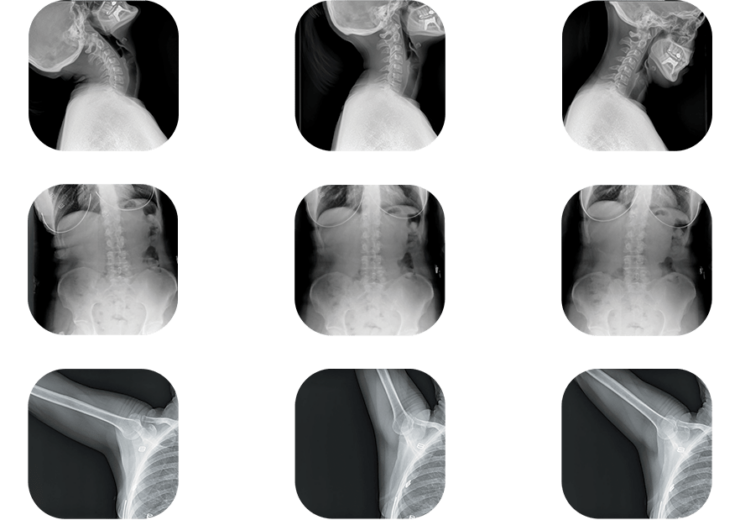DDR forms the company’s advanced X-ray technology, where a series of individual digital images acquired at high speed and low dose to visualise the anatomy in motion, and allows clinicians to acquire both static and dynamic images in the same study

Chiropractic Straight Arm with Dynamic Digital Radiography. (Credit: Konica Minolta Healthcare Americas, Inc.)
Konica Minolta Healthcare Americas, through its unit 20/20 Imaging, has received the US Food and Drug Administration (FDA) approval for its Chiropractic Straight Arm (CSA) system with Dynamic Digital Radiography (DDR).
DDR forms the company’s advanced X-ray technology, where a series of individual digital images are acquired at high speed and low dose to visualise the anatomy in motion.
With DDR, clinicians can interpret the dynamic interaction of anatomical structures, such as tissue and bone, with physiological changes over time.
Also, clinicians can acquire both static and dynamic images in the same study.
DDR has been adopted by academic institutions and community hospitals, orthopaedic and spine clinics, and pulmonary centres across the US.
The advanced imaging capabilities of the CSA system when combined with DDR will further enhance the diagnosis and management of musculoskeletal conditions, said the company.
Konica Minolta Healthcare digital radiography marketing director Guillermo Sander said: “DDR is transforming the role of radiography across clinical conditions, from musculoskeletal injuries to pulmonary diseases and swallowing studies.
“As the only technology of its kind available today, DDR adds significant clinical value with an exam that is fast and versatile at a low radiation dose.
“At Konica Minolta, we envision a world where advanced X-ray capabilities provide the immediacy of information that clinicians need, at a lower cost than other imaging systems, so they can make better decisions, sooner.”
The CSA system features a compact design to optimise workflow and expedite the diagnostic process with enhanced efficacy, outcomes, and patient experience.
It comes with a 17” x 17” field-of-view detector to capture high-resolution images within seconds, and delivers detailed bone and soft tissue visualisation.
The predetermined anatomy-specific positioning and source-to-image receptor distance of the system would simplify its use for an effective workflow.
The ability to capture and visualise the cervical spine in motion during flexion and extension will help chiropractors in documenting whiplash injuries, said the company.
20/20 Imaging president Bob Salzman said: “Chiropractors have shown significant interest in DDR as a tool for the visualization of movement and diagnosis of abnormalities.
“CSA with DDR is the next generation imaging solution allowing chiropractors to examine and measure a patient’s biomechanics and musculoskeletal injury, including whiplash, and more confidently evaluate treatment follow-up.
“Designed to boost clinical capabilities to the next level by capturing patient movement, CSA with DDR gives chiropractors the immediate results they need to make informed decisions faster.”
